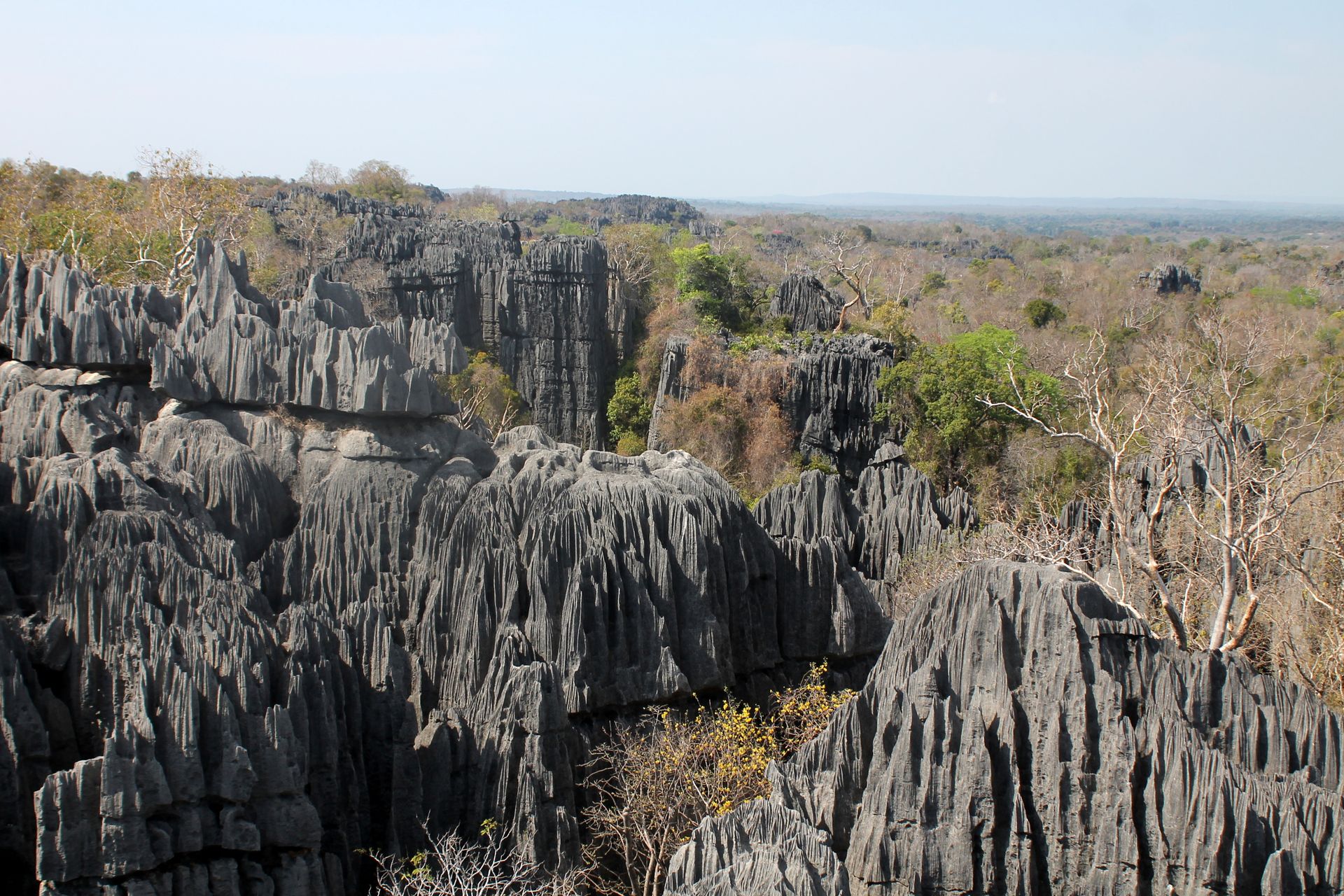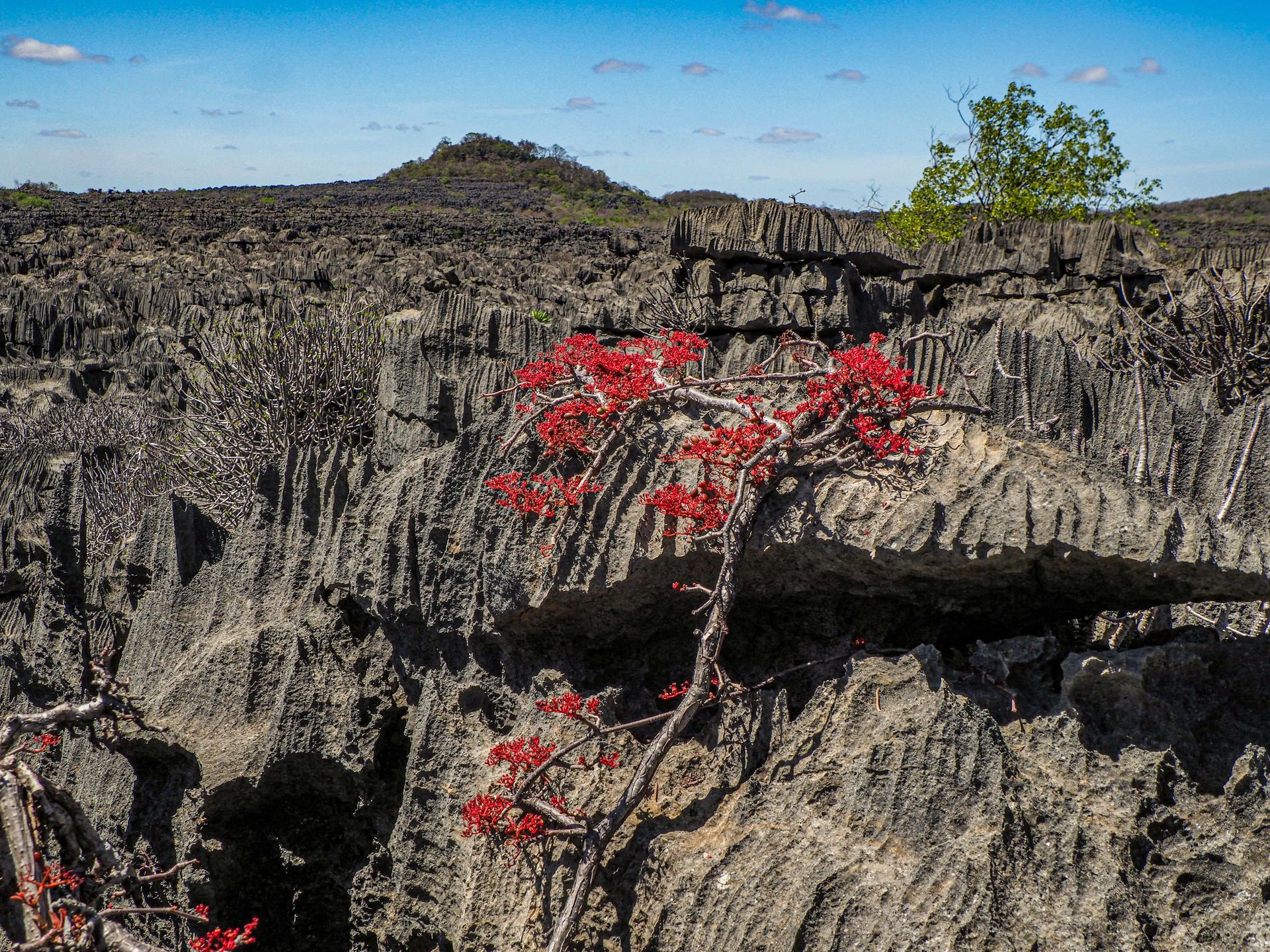Madagascar
Madagascar
Madagascar
Otherworldly. Alive. Entirely unique.
Madagascar isn’t just another island – it’s an entirely different world. Split from Africa millions of years ago, this vast, biodiverse island has evolved in near-total isolation, giving rise to creatures and landscapes found nowhere else on Earth.
Think dancing lemurs, towering baobabs, coral-ringed coastlines and rainforest alive with sound and colour.
Ubon Safari crafts immersive journeys that go far beyond the guidebook. Whether you’re trekking through the cloud forests of Andasibe or drifting over turquoise waters off Nosy Be, we design each trip to bring you closer to Madagascar’s rare magic.
This is where nature writes its own rules – and the stories you take home are like nowhere else.
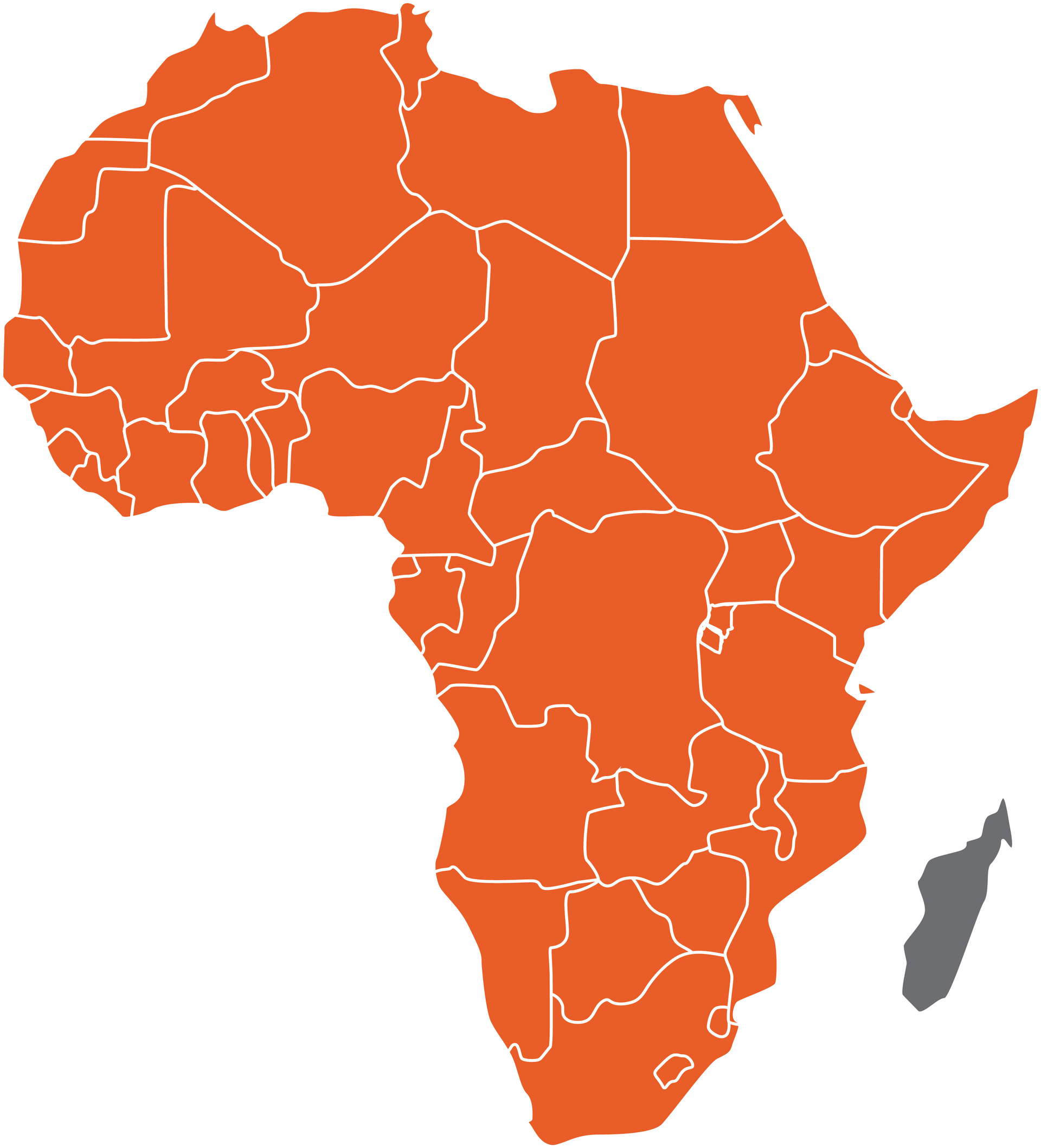
Otherworldly. Alive. Entirely unique.
Madagascar isn’t just another island – it’s an entirely different world. Split from Africa millions of years ago, this vast, biodiverse island has evolved in near-total isolation, giving rise to creatures and landscapes found nowhere else on Earth.
Think dancing lemurs, towering baobabs, coral-ringed coastlines and rainforest alive with sound and colour.
Ubon Safari crafts immersive journeys that go far beyond the guidebook. Whether you’re trekking through the cloud forests of Andasibe or drifting over turquoise waters off Nosy Be, we design each trip to bring you closer to Madagascar’s rare magic.
This is where nature writes its own rules – and the stories you take home are like nowhere else.
Otherworldly. Alive. Entirely unique.
Madagascar isn’t just another island – it’s an entirely different world. Split from Africa millions of years ago, this vast, biodiverse island has evolved in near-total isolation, giving rise to creatures and landscapes found nowhere else on Earth.
Think dancing lemurs, towering baobabs, coral-ringed coastlines and rainforest alive with sound and colour.
Ubon Safari crafts immersive journeys that go far beyond the guidebook. Whether you’re trekking through the cloud forests of Andasibe or drifting over turquoise waters off Nosy Be, we design each trip to bring you closer to Madagascar’s rare magic.
This is where nature writes its own rules – and the stories you take home are like nowhere else.
Why Madagascar will surprise you
Madagascar defies expectations. It’s Africa – but not as you know it.
Over 90% of its wildlife is found nowhere else: from curious-looking aye-ayes and jewel-bright chameleons to ghostly sifakas that skip across the forest floor like spirits.
Its habitats are equally varied – from spiny desert and limestone tsingy to lush highland rainforest and palm-fringed beaches.
Madagascar is a place of deep tradition, quiet resilience and warm hospitality. It challenges, rewards and enchants.
Come with curiosity, and leave changed.
Why Madagascar will surprise you
Madagascar defies expectations. It’s Africa – but not as you know it.
Over 90% of its wildlife is found nowhere else: from curious-looking aye-ayes and jewel-bright chameleons to ghostly sifakas that skip across the forest floor like spirits.
Its habitats are equally varied – from spiny desert and limestone tsingy to lush highland rainforest and palm-fringed beaches.
Madagascar is a place of deep tradition, quiet resilience and warm hospitality. It challenges, rewards and enchants.
Come with curiosity, and leave changed.
Why Madagascar will surprise you
Madagascar defies expectations. It’s Africa – but not as you know it.
Over 90% of its wildlife is found nowhere else: from curious-looking aye-ayes and jewel-bright chameleons to ghostly sifakas that skip across the forest floor like spirits.
Its habitats are equally varied – from spiny desert and limestone tsingy to lush highland rainforest and palm-fringed beaches.
Madagascar is a place of deep tradition, quiet resilience and warm hospitality. It challenges, rewards and enchants.
Come with curiosity, and leave changed.
Andasibe-Mantadia National Park
Rainforest wonderland and lemur country
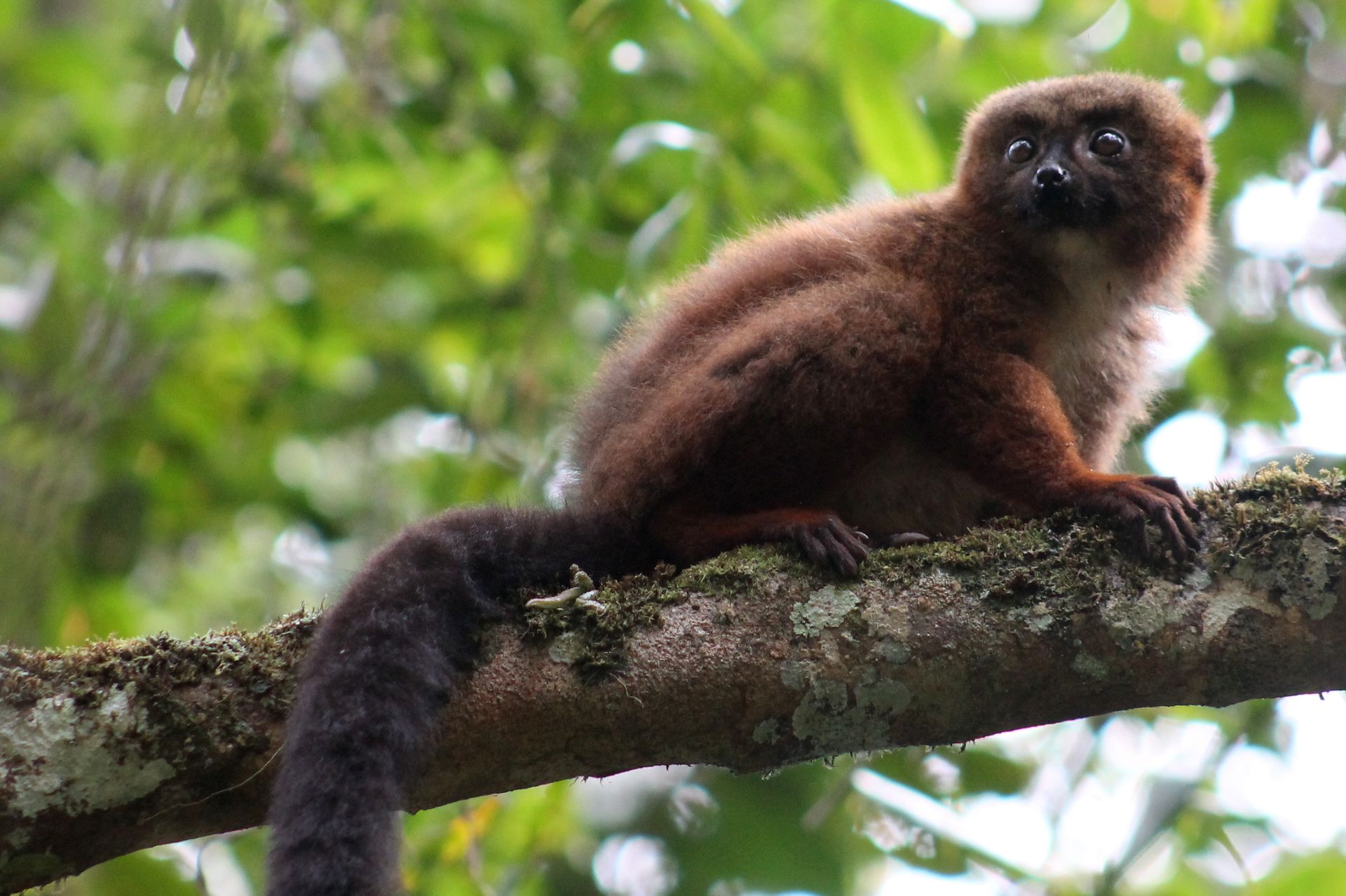
Just a few hours from Antananarivo, Andasibe is one of Madagascar’s most accessible and wildlife-rich rainforests.
This is the realm of the indri – the island’s largest lemur – whose haunting song echoes through the misty canopy at dawn.
Trek through moss-covered trails in search of rare chameleons, frogs that glow under UV light, and orchids clinging to ancient trees. Night walks reveal leaf-tailed geckos and mouse lemurs darting through the undergrowth.
Best for: Lemurs, rainforest walks, biodiversity.
When to go: April–November for drier trails and easier wildlife viewing.

Tsingy de Bemaraha
Stone forest of secrets
Tsingy de Bemaraha is one of Madagascar’s most surreal landscapes – a jagged limestone labyrinth where nature has sculpted stone into knife-edge pinnacles and hidden canyons.
Walking across rope bridges above the sharp grey forest feels like exploring another planet.
This UNESCO World Heritage Site is also home to endangered lemurs, rare birds and incredible geological formations dating back millions of years.
Best for: Adventure, photography, unique geology.
When to go: May–November (park is closed during the rainy season).
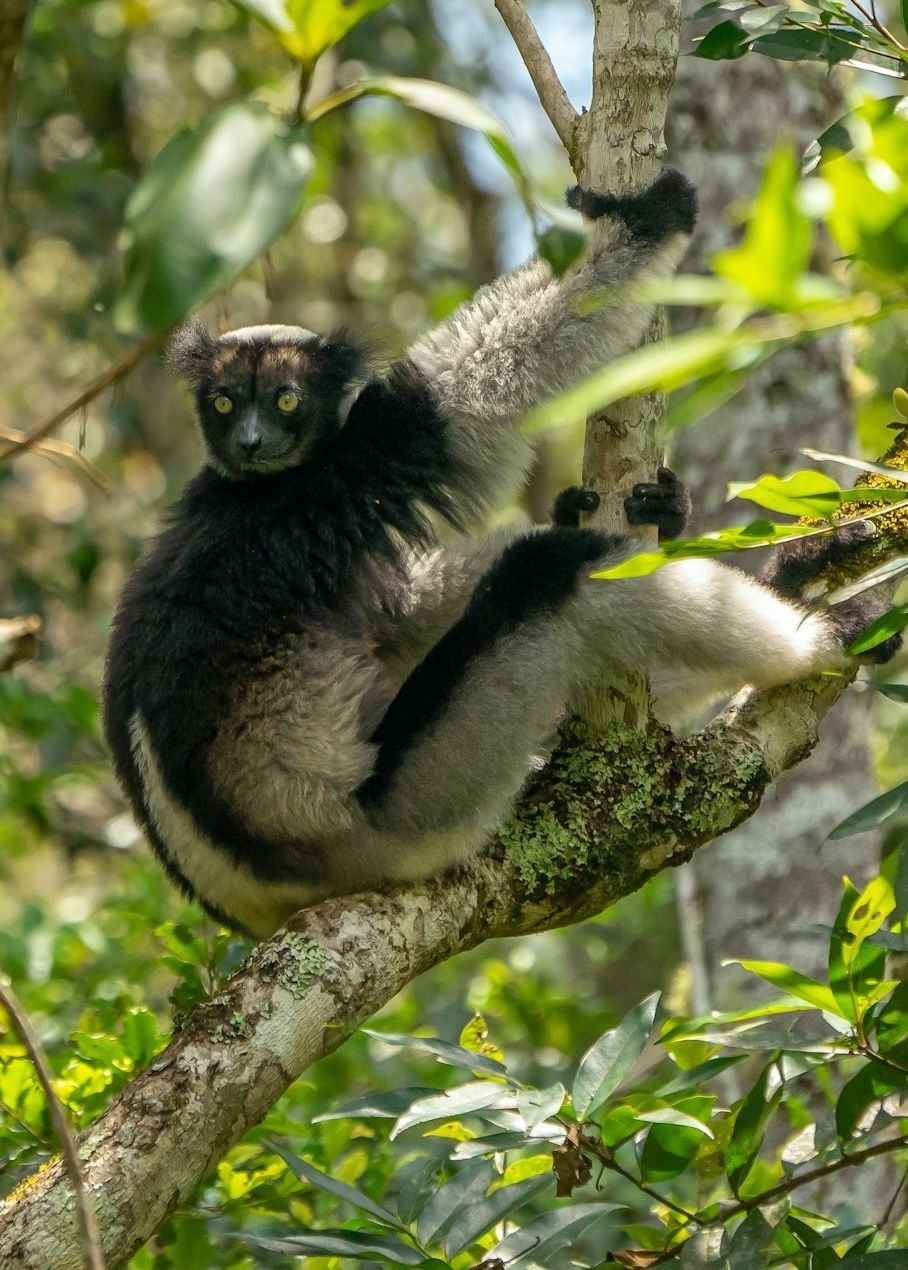
Andasibe-Mantadia National Park
Rainforest wonderland and lemur country

Just a few hours from Antananarivo, Andasibe is one of Madagascar’s most accessible and wildlife-rich rainforests.
This is the realm of the indri – the island’s largest lemur – whose haunting song echoes through the misty canopy at dawn.
Trek through moss-covered trails in search of rare chameleons, frogs that glow under UV light, and orchids clinging to ancient trees. Night walks reveal leaf-tailed geckos and mouse lemurs darting through the undergrowth.
Best for: Lemurs, rainforest walks, biodiversity.
When to go: April–November for drier trails and easier wildlife viewing.

Tsingy de Bemaraha
Stone forest of secrets
Tsingy de Bemaraha is one of Madagascar’s most surreal landscapes – a jagged limestone labyrinth where nature has sculpted stone into knife-edge pinnacles and hidden canyons.
Walking across rope bridges above the sharp grey forest feels like exploring another planet.
This UNESCO World Heritage Site is also home to endangered lemurs, rare birds and incredible geological formations dating back millions of years.
Best for: Adventure, photography, unique geology.
When to go: May–November (park is closed during the rainy season).

Andasibe-Mantadia National Park
Rainforest wonderland and lemur country

Just a few hours from Antananarivo, Andasibe is one of Madagascar’s most accessible and wildlife-rich rainforests.
This is the realm of the indri – the island’s largest lemur – whose haunting song echoes through the misty canopy at dawn.
Trek through moss-covered trails in search of rare chameleons, frogs that glow under UV light, and orchids clinging to ancient trees. Night walks reveal leaf-tailed geckos and mouse lemurs darting through the undergrowth.
Best for: Lemurs, rainforest walks, biodiversity.
When to go: April–November for drier trails and easier wildlife viewing.

Tsingy de Bemaraha
Stone forest of secrets
Tsingy de Bemaraha is one of Madagascar’s most surreal landscapes – a jagged limestone labyrinth where nature has sculpted stone into knife-edge pinnacles and hidden canyons.
Walking across rope bridges above the sharp grey forest feels like exploring another planet.
This UNESCO World Heritage Site is also home to endangered lemurs, rare birds and incredible geological formations dating back millions of years.
Best for: Adventure, photography, unique geology.
When to go: May–November (park is closed during the rainy season).
Andringitra and the Tsaranoro Valley
High peaks, sacred rock and endless skies
Andringitra National Park is a dramatic slice of Madagascar’s highlands – rugged, remote and beautifully wild. The adjacent Tsaranoro Valley is equally striking, where sheer granite cliffs rise from rolling plains and traditional villages sit beneath sacred mountains.
This is a hiker’s paradise, with trails that take you across montane meadows, past waterfalls, and up to panoramic viewpoints. It’s also home to ring-tailed lemurs, rare birds and a deep sense of local spirit.
Sleep under stars, climb with local guides and experience the island’s highlands as few travellers ever do.
Best for: Hiking, rock climbing, wild landscapes.
When to go: April–October for cooler, dry conditions.
Andringitra and the Tsaranoro Valley
High peaks, sacred rock and endless skies
Andringitra National Park is a dramatic slice of Madagascar’s highlands – rugged, remote and beautifully wild. The adjacent Tsaranoro Valley is equally striking, where sheer granite cliffs rise from rolling plains and traditional villages sit beneath sacred mountains.
This is a hiker’s paradise, with trails that take you across montane meadows, past waterfalls, and up to panoramic viewpoints. It’s also home to ring-tailed lemurs, rare birds and a deep sense of local spirit.
Sleep under stars, climb with local guides and experience the island’s highlands as few travellers ever do.
Best for: Hiking, rock climbing, wild landscapes.
When to go: April–October for cooler, dry conditions.
Andringitra and the Tsaranoro Valley
High peaks, sacred rock and endless skies
Andringitra National Park is a dramatic slice of Madagascar’s highlands – rugged, remote and beautifully wild. The adjacent Tsaranoro Valley is equally striking, where sheer granite cliffs rise from rolling plains and traditional villages sit beneath sacred mountains.
This is a hiker’s paradise, with trails that take you across montane meadows, past waterfalls, and up to panoramic viewpoints. It’s also home to ring-tailed lemurs, rare birds and a deep sense of local spirit.
Sleep under stars, climb with local guides and experience the island’s highlands as few travellers ever do.
Best for: Hiking, rock climbing, wild landscapes.
When to go: April–October for cooler, dry conditions.
Avenue of the Baobabs
The island’s iconic silhouette
This hauntingly beautiful avenue of centuries-old baobabs is one of Madagascar’s most photographed scenes – and for good reason.
These ancient giants, some over 30 metres tall, line a dusty road like silent guardians of time. Visit at sunrise or sunset for golden light and long shadows that bring the landscape to life.
Nearby villages and wetlands offer a deeper look into daily life in this remote corner of western Madagascar.
Best for: Iconic views, photography, cultural stops.
When to go: Year-round, best light at sunrise and sunset.
Avenue of the Baobabs
The island’s iconic silhouette
This hauntingly beautiful avenue of centuries-old baobabs is one of Madagascar’s most photographed scenes – and for good reason.
These ancient giants, some over 30 metres tall, line a dusty road like silent guardians of time. Visit at sunrise or sunset for golden light and long shadows that bring the landscape to life.
Nearby villages and wetlands offer a deeper look into daily life in this remote corner of western Madagascar.
Best for: Iconic views, photography, cultural stops.
When to go: Year-round, best light at sunrise and sunset.
Avenue of the Baobabs
The island’s iconic silhouette
This hauntingly beautiful avenue of centuries-old baobabs is one of Madagascar’s most photographed scenes – and for good reason.
These ancient giants, some over 30 metres tall, line a dusty road like silent guardians of time. Visit at sunrise or sunset for golden light and long shadows that bring the landscape to life.
Nearby villages and wetlands offer a deeper look into daily life in this remote corner of western Madagascar.
Best for: Iconic views, photography, cultural stops.
When to go: Year-round, best light at sunrise and sunset.
Isalo National Park
Desert canyons and natural pools
Isalo is Madagascar’s answer to the Wild West – a dramatic sandstone landscape of deep canyons, windswept plateaus and strange rock formations.
Hike through dry scrub and oases to discover waterfalls, hidden caves and natural swimming pools. Along the way, spot ring-tailed lemurs basking on rocks and flocks of parrots darting through the cliffs.
Sunset here paints the stone in fire-orange hues – it’s utterly unforgettable.
Best for: Hiking, desert scenery, unique landscapes.
When to go: April–October for cooler, dry conditions.
Isalo National Park
Desert canyons and natural pools
Isalo is Madagascar’s answer to the Wild West – a dramatic sandstone landscape of deep canyons, windswept plateaus and strange rock formations.
Hike through dry scrub and oases to discover waterfalls, hidden caves and natural swimming pools. Along the way, spot ring-tailed lemurs basking on rocks and flocks of parrots darting through the cliffs.
Sunset here paints the stone in fire-orange hues – it’s utterly unforgettable.
Best for: Hiking, desert scenery, unique landscapes.
When to go: April–October for cooler, dry conditions.
Isalo National Park
Desert canyons and natural pools
Isalo is Madagascar’s answer to the Wild West – a dramatic sandstone landscape of deep canyons, windswept plateaus and strange rock formations.
Hike through dry scrub and oases to discover waterfalls, hidden caves and natural swimming pools. Along the way, spot ring-tailed lemurs basking on rocks and flocks of parrots darting through the cliffs.
Sunset here paints the stone in fire-orange hues – it’s utterly unforgettable.
Best for: Hiking, desert scenery, unique landscapes.
When to go: April–October for cooler, dry conditions.
Nosy Be Archipelago
Island dreams and underwater life
Off the northwest coast lies the idyllic Nosy Be archipelago, where palm-fringed beaches meet warm, coral-rich seas. This is Madagascar’s laid-back beach escape – a place for snorkelling with sea turtles, diving with manta rays, and sipping cocktails as the sun sinks into the Indian Ocean.
Island-hop to Nosy Komba, Nosy Iranja or Lokobe Reserve to explore volcanic islets, forest trails and vibrant village life.
Best for: Beach, diving, relaxation.
When to go: May–October for dry, sunny days.
Nosy Be Archipelago
Island dreams and underwater life
Off the northwest coast lies the idyllic Nosy Be archipelago, where palm-fringed beaches meet warm, coral-rich seas. This is Madagascar’s laid-back beach escape – a place for snorkelling with sea turtles, diving with manta rays, and sipping cocktails as the sun sinks into the Indian Ocean.
Island-hop to Nosy Komba, Nosy Iranja or Lokobe Reserve to explore volcanic islets, forest trails and vibrant village life.
Best for: Beach, diving, relaxation.
When to go: May–October for dry, sunny days.
Nosy Be Archipelago
Island dreams and underwater life
Off the northwest coast lies the idyllic Nosy Be archipelago, where palm-fringed beaches meet warm, coral-rich seas. This is Madagascar’s laid-back beach escape – a place for snorkelling with sea turtles, diving with manta rays, and sipping cocktails as the sun sinks into the Indian Ocean.
Island-hop to Nosy Komba, Nosy Iranja or Lokobe Reserve to explore volcanic islets, forest trails and vibrant village life.
Best for: Beach, diving, relaxation.
When to go: May–October for dry, sunny days.
Planning your trip
Seasons at a glance
- April–October (Dry season): Best for wildlife viewing, hiking and road travel
- November–March (Wet season): Lush vegetation, fewer visitors, but some parks inaccessible
Madagascar is a large and ecologically diverse island – regional variations are significant. We’ll tailor your route to match your interests and the season.
Quick travel tips:
- Check with your local embassy for visa requirements
- Tap water is not safe – drink only bottled or filtered water
- Internal flights are often necessary due to poor road infrastructure
- Local markets are lively and colourful – but always ask before taking photos
- English is spoken in tourism hubs, but French and Malagasy dominate
- Bring strong insect repellent and lightweight, long-sleeved clothing for rainforest areas
- Cash is king in rural areas – carry small denominations
- Support conservation-focused operators and always follow local park rules
This is your Madagascar
Let’s create something extraordinary
Let Ubon Safari guide you through Madagascar’s rare beauty and wild charm. We design journeys that put you in touch with ancient forests, sparkling coastlines and creatures that feel almost mythical.
Whether you’re watching lemurs leap through the treetops or swimming above coral gardens, every day brings a new sense of wonder.
There’s nowhere quite like this – and we’ll make sure you experience it exactly the way it should be.
Planning your trip
Seasons at a glance
- April–October (Dry season): Best for wildlife viewing, hiking and road travel
- November–March (Wet season): Lush vegetation, fewer visitors, but some parks inaccessible
Madagascar is a large and ecologically diverse island – regional variations are significant. We’ll tailor your route to match your interests and the season.
Quick travel tips:
- Check with your local embassy for visa requirements
- Tap water is not safe – drink only bottled or filtered water
- Internal flights are often necessary due to poor road infrastructure
- Local markets are lively and colourful – but always ask before taking photos
- English is spoken in tourism hubs, but French and Malagasy dominate
- Bring strong insect repellent and lightweight, long-sleeved clothing for rainforest areas
- Cash is king in rural areas – carry small denominations
- Support conservation-focused operators and always follow local park rules
This is your Madagascar
Let’s create something extraordinary
Let Ubon Safari guide you through Madagascar’s rare beauty and wild charm. We design journeys that put you in touch with ancient forests, sparkling coastlines and creatures that feel almost mythical.
Whether you’re watching lemurs leap through the treetops or swimming above coral gardens, every day brings a new sense of wonder.
There’s nowhere quite like this – and we’ll make sure you experience it exactly the way it should be.
Planning your trip
Seasons at a glance
- April–October (Dry season): Best for wildlife viewing, hiking and road travel
- November–March (Wet season): Lush vegetation, fewer visitors, but some parks inaccessible
Madagascar is a large and ecologically diverse island – regional variations are significant. We’ll tailor your route to match your interests and the season.
Quick travel tips:
- Check with your local embassy for visa requirements
- Tap water is not safe – drink only bottled or filtered water
- Internal flights are often necessary due to poor road infrastructure
- Local markets are lively and colourful – but always ask before taking photos
- English is spoken in tourism hubs, but French and Malagasy dominate
- Bring strong insect repellent and lightweight, long-sleeved clothing for rainforest areas
- Cash is king in rural areas – carry small denominations
- Support conservation-focused operators and always follow local park rules
This is your Madagascar
Let’s create something extraordinary
Let Ubon Safari guide you through Madagascar’s rare beauty and wild charm. We design journeys that put you in touch with ancient forests, sparkling coastlines and creatures that feel almost mythical.
Whether you’re watching lemurs leap through the treetops or swimming above coral gardens, every day brings a new sense of wonder.
There’s nowhere quite like this – and we’ll make sure you experience it exactly the way it should be.

